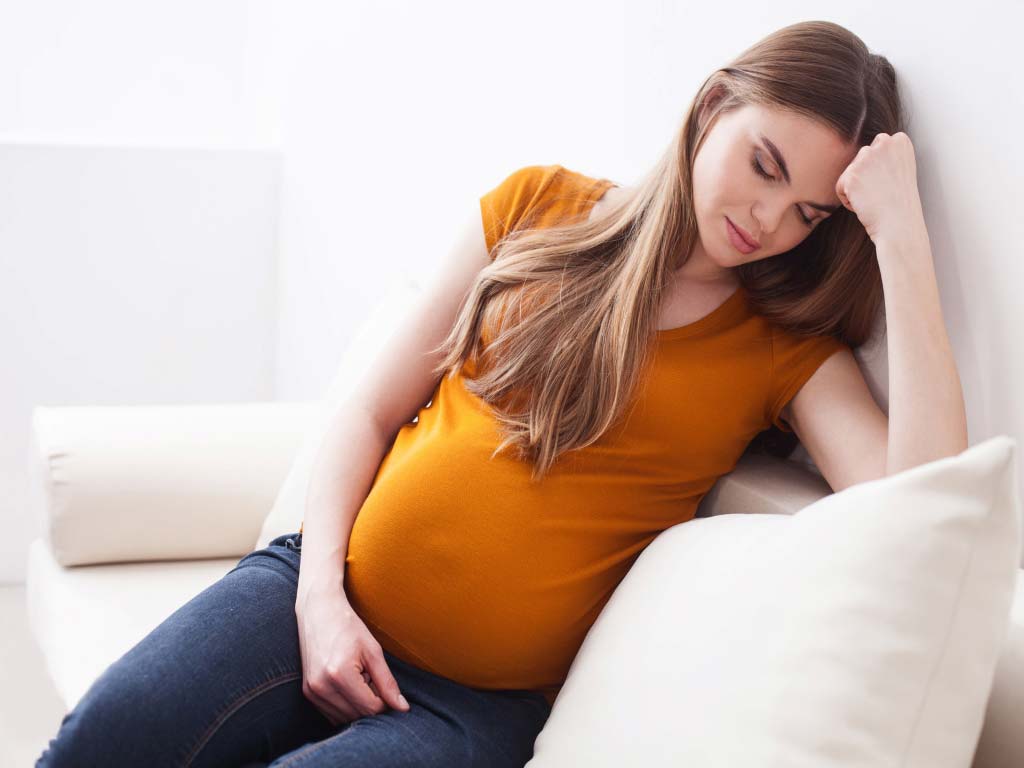
There are many things to consider when expecting a baby. Preparing for labour and managing pain are some of the top priorities. One of the top options for pain relief that is gaining interest among pregnant women is Transcutaneous Electrical Nerve Stimulation (TENS). Using a TENS machine for labour provides a non-invasive and drug-free method of alleviating painful contractions. Thus, it helps improve the well-being of women with limited options for pain management.
Labour pain is often characterised as intense cramping in the abdomen and lower back. This is due to the contraction of the uterine muscles to help push the baby out. The contractions move in a wave-like motion from the top to the bottom of the uterus, along with pressure in the pelvis. In this guide, we will delve into the uses of TENS for pregnancy and labour, its advantages, and how to operate the device safely and effectively.
Jump to a Section:
- What Is a TENS Machine for Labour?
- History of Usage of TENS Machine for Labour
- Advantages of Using a TENS Machine for Labour Pain Over Other Methods
- How Do TENS Machines for Labour Pain Work?
- Types of TENS Machines for Labour Pain Relief
- How to Use a TENS Machine for Labour Pain During Pregnancy
- Understanding the Settings of a TENS Machine for Labour
- Placing the Electrodes When Using TENS Machines for Labour Pain Relief
- Safety Considerations When Using a TENS Machine for Labour During Pregnancy
- Buying or Hiring a TENS Machine for Labour Pain Relief?
What Is a TENS Machine for Labour?
A TENS machine for labour is a type of device in obstetrics that uses low-voltage electrical currents to provide relief from pain. It is a handheld unit that allows modification of settings and adhesive electrode pads. The machine works by placing the electrodes on the skin of the painful area and adjusting the settings according to individual comfort level.
TENS machines are commonly used during the early stages of labour when the pain is typically milder. This enables the body to adapt to the electrical stimulation and prevent sudden shocks. Moreover, it helps ease contractions and reduce stress levels. It is a suitable choice for women who prefer natural pain relief.
It is vital to note that while TENS therapy can provide relief during labour, it may not eliminate all discomfort. Every childbirth experience is unique, and what works for one person may not work for another. Therefore, it is always recommended to consult with a healthcare provider before using a TENS machine or any other pain relief methods during labour.
Key Facts
- A TENS machine is a battery-operated device that allows customisation of pain relief.
- TENS therapy is a popular treatment method for people with chronic pain like arthritis, sciatica, and fibromyalgia. However, it also benefits women in labour.
- A TENS machine can be used alongside other methods of pain relief.
- TENS is proven safe for use during labour. It does not have adverse effects on the mother and the baby.
- A TENS machine produces a tingling sensation that helps reduce pain sensations. It may take time for some people to get used to the effects.
- There are specialised TENS devices for labour with intuitive controls.
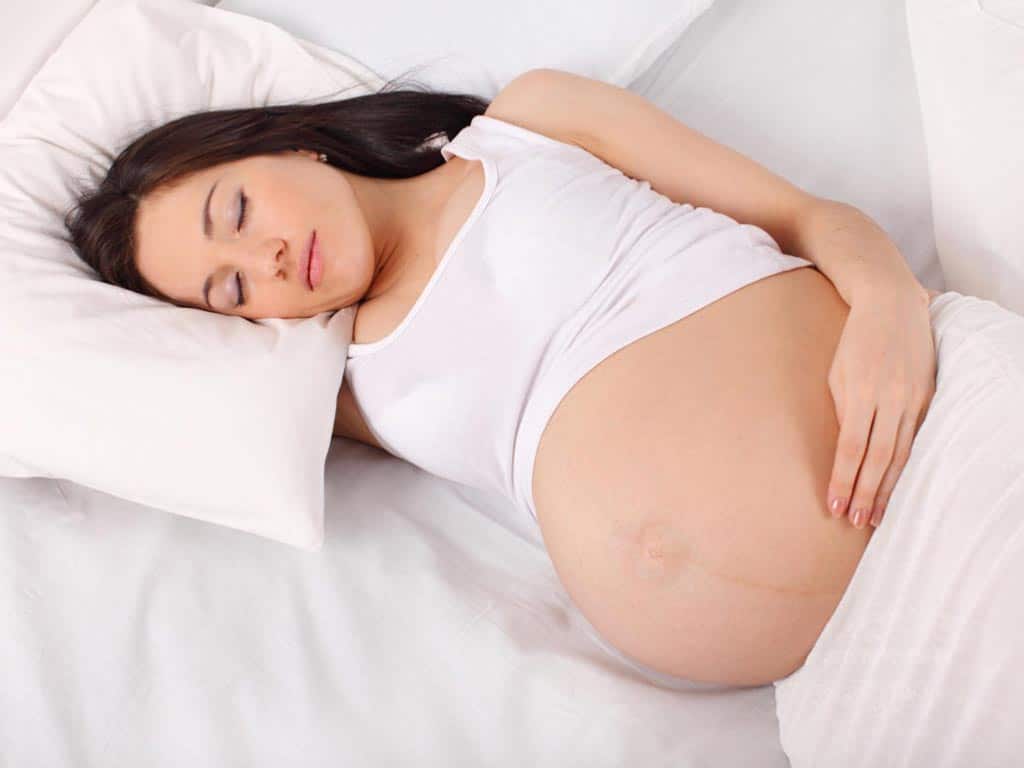
History of Usage of TENS Machine for Labour
TENS therapy has been used for pain management since the 1970s. Various experiments with electricity have shown it to be effective in relieving chronic back pains, migraine headaches, and gout. Additionally, the Pain Gate Control Theory of Ronald Melzack and Patrick Wall provided a breakthrough in the efficacy of electrotherapy for various types of pain.
The first TENS machines were big and bulky. Patients would go to pain clinics to treat their symptoms. As technology developed, the device became smaller, allowing individuals to use it at home. The usage of TENS machines for labour shortly followed in the 1980s. Since then, more clinical trials have revealed that TENS therapy is beneficial in helping women cope with birth pains.
Many women are opting for non-pharmacological pain relief methods like TENS. It has also helped reduce the need for medical interventions such as epidurals. An obstetrician or midwife guides the use of the TENS machines for labour. It involves careful electrode placement and the right amount of electrical stimulation to the pain area.
Recent Developments
The first modern, wearable TENS unit can be attributed to Dr. Norman Shealy. Newer devices have provided a safer and more convenient way to manage pain. They are lighter, making them easier to carry around and use. Moreover, modern devices come with pre-programmed settings for various health conditions.
The latest TENS machines feature an LCD display that allows the user to view the intensity and duration of stimulation. Advances in technology have also enabled the development of wireless TENS devices. They are more compact and provide more freedom of movement during sessions. Wireless TENS machines utilise Bluetooth technology to connect to a mobile app.

Advantages of Using a TENS Machine for Labour Pain Over Other Methods
Using a TENS machine for labour offers several advantages. Firstly, it provides a drug-free alternative for pain relief during childbirth. Some women prefer to avoid the use of medications to prevent the risk of side effects. Thus, TENS allows them to manage their discomfort in a natural way. This can provide significant relief and a more positive birth experience.
Secondly, a TENS machine is non-invasive and easy to use. The electrode pads stick easily to the skin without the need for needles. The device is also portable and can be used during labour at home or in a hospital. Women may use it without the supervision of a healthcare professional. Furthermore, it is a programmable unit, giving users a sense of control over their pain management.
A TENS machine is safe for both the mother and baby. It does not pose risks or harm, as the electrical impulses do not reach the uterus. Additionally, TENS does not interfere with the natural progression of labour, allowing women to move around and adopt different positions. Lastly, it is an affordable option compared to other methods of pain relief.
Are There Disadvantages?
Using a TENS machine does have some drawbacks to consider. While it is beneficial, the effects vary from person to person. Pain tolerance and response to pain relief methods differ between individuals. This means that some may not experience significant relief with TENS and may need to explore other options.
The usage of TENS machines requires proper electrode placement to be effective. This can be challenging during labour. Also, some women may find using the device uncomfortable, as there are instances when the electric current can cause irritation. Thus, it is vital to determine the correct settings to avoid this.

How Do TENS Machines for Labour Pain Work?
The TENS machine for labour pain works by sending electrical signals to the nerves in the affected area. The currents pass through the skin and reach the underlying nerves. This stimulates the body to activate its natural pain mechanisms. In addition, the electric nerve stimulation distracts the brain from perceiving pain.
TENS machines offer flexibility in terms of adjusting the intensity and frequency of the electrical pulses. This allows women a sense of control during labour to suit their level of pain. Various stimulation levels can also elicit different feedback from the nervous system. One type is low-frequency stimulation, which affects the motor neurons. It can help reduce muscle tension in the pelvic area, aiding relaxation and easing pain.
Another method is high-frequency stimulation, which targets the sensory nerves. The electrical impulses interrupt the pain signals, reducing the experience of pain. Moreover, pain specialists recommend trying different frequency levels to find the most effective relief. Alternating the currents can also prevent building tolerance to the electrical stimulation.
The Main Theories
TENS therapy relies on the following two main theories that help provide relief in labour:
- Gate Control Theory of Pain – This theory states pain signals travel through the spinal cord to reach the brain over nerve fibres. It suggests that if a stronger, non-painful stimulus is applied to the body, such as electrical pulses, it will block the transmission of pain signals, reducing the sensation of pain.
- Endogenous Opioid Release – This theory proposes that electric stimulation can induce the body to release endorphins. Endorphins are natural painkillers that act as a buffer against pain signals, providing analgesic effects and stress relief.

Types of TENS Machines for Labour Pain Relief
There are several types of TENS machines for labour. The most common type is the handheld TENS unit. This device consists of a remote control and wired electrode pads. It often comes with accessories, such as clips to hang onto clothing or a belt around the waist. Some maternity TENS machines use neck cords to enable mobility.
Another type is the wireless TENS machine. Instead of cords, the device utilises Bluetooth technology to access the settings and programs. In addition, users can operate it manually or through a smartphone or tablet. This type of device also often has multiple treatment modes through an app. Because it does not need wires, it is more compact and lightweight than traditional units.
Standard TENS machines can be single- or dual-channels. Dual or multiple channels allow attachments to several pads and deliver different levels of stimulation. On the other hand, wireless TENS units are single-channel. However, devices like the iTENS allow simultaneous usage of up to four sets of electrodes.
Pros and Cons of Using Each Type
The wired TENS machine can deliver stable electric currents. This minimises the loss of signal or interruption to the session. They also tend to be more affordable. A disadvantage, however, is that this type may not be suitable for women who need to move around. Users may find it cumbersome to have to deal with tangled wires.
In contrast, the primary advantage of a wireless TENS machine is its portability. Individuals can easily wear them without restrictions on movement. It is also more discreet and convenient to operate. Some drawbacks to consider are the potential interruption to the wireless connection and the higher price tag.

How to Use a TENS Machine for Labour Pain During Pregnancy
Operating a TENS machine for labour pain and during pregnancy is simple. To start the electrical nerve stimulation, place the electrodes on the target area and turn on the device. Next, set the frequency and pulse duration to the desired level. It is recommended to begin at the lowest intensity level and gradually increase as the contractions get stronger.
It is best to start using the device in the first stage of labour rather than the active phase. Using TENS in the early stages can help gain a sense of control when pain levels are still manageable. During delivery, women may use the TENS device for continuous pain management in labour or intermittently as needed.
Furthermore, pregnant women may use the device during pregnancy to manage back pain or other conditions. It is crucial to avoid pad placement over the abdomen as it may induce contractions. Nevertheless, it is best to consult a doctor for advice and guidance before using TENS or other medical devices in obstetrics.
Preparation Guide
Preparation is essential in using a TENS machine for effective use. The first step is to use new batteries and electrode patches. Fresh or fully charged batteries help ensure uninterrupted stimulation during delivery. Also, check that there are no open or loose wirings. Frayed wires can cause an electric shock.
The next step is to clean the treatment area with water and mild soap. Removing lotion, oil, or dirt from the skin ensures good adhesion. The skin must be completely dry before putting the electrodes. This minimises the risk of skin irritation and prevents it from coming off.
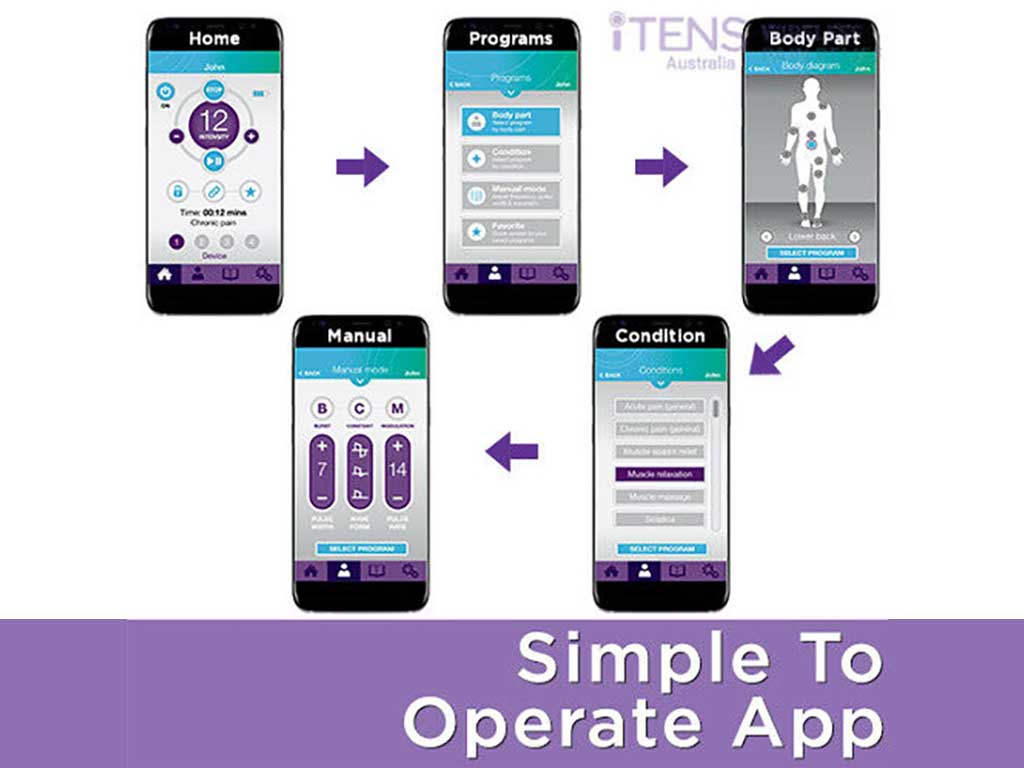
Understanding the Settings of a TENS Machine for Labour
Safe and effective electrical stimulation involves a thorough understanding of the settings of TENS machines for labour. The device has adjustable programs to customise the management of pain. Firstly, the frequency is the number or rate of pulses in one second. Various pulse rates produce different primary outcomes, such as pain gating or muscle relaxation.
Secondly, the pulse width or duration is the time between the start and end of each electrical impulse. It is measured in microseconds. Longer pulse widths are effective for blocking pain, while shorter ones may help reduce muscle spasms. Additionally, intensity is the strength of the current. Users may adjust the intensity depending on their level of pain.
Furthermore, the ramp time determines how quickly the machine increases stimulation levels. This may range between one to six seconds. Utilising high frequencies (50 Hz and above) and high intensities is suitable for maternal pain relief and during the active phase. It is advisable to keep adjusting the currents during labour as it progresses.
Adjusting the Setting According to Comfort Level
- Low intensity/High frequency: this setting is the conventional TENS, which produces strong but comfortable analgesic effects. This is a common technique for common ailments and can be used anytime when necessary.
High intensity/Low frequency: this setting produces a deep massage-like sensation, which helps reduce more intense contractions. This is suitable during the active phase and provides maximum relief during delivery without causing further discomfort.
- High intensity/High frequency: this stimulates the nerves, creating “maximum tolerable” sensations. Only administer this setting for a few minutes at a time to prevent any adverse events. This acts as a counterirritant for minor surgical procedures.
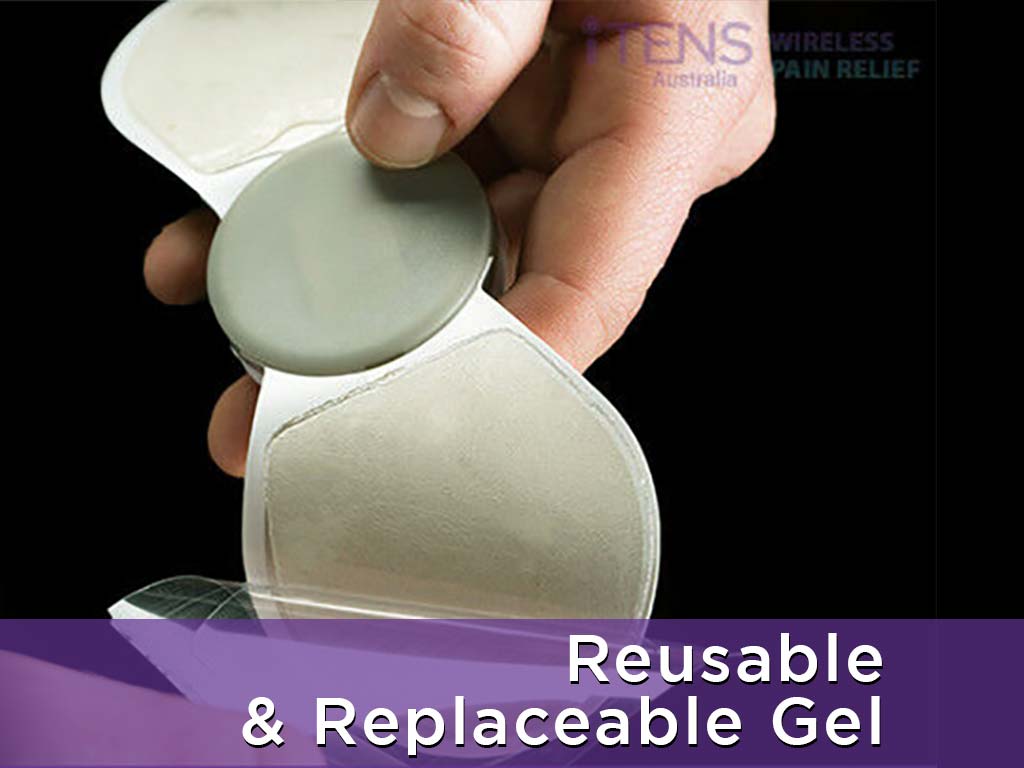
Placing the Electrodes When Using TENS Machines for Labour Pain Relief
Proper electrode placement is essential when using a TENS machine for labour pain management. This method enables direct stimulation, providing localised relief and minimising the risk of harm to vital organs. The ideal placement of TENS pads is at the lower back. Position one set of electrodes below the rib cage and another above the buttocks.
The pads must be on both sides of the spinal column and one to two inches apart. This allows for the even distribution of electrical stimulation and maximises pain relief during labour. Women may also instruct their birth partners to move the electrodes up or down slightly depending on where the pain is stronger. In addition, the pads should never overlap.
In some instances, women may put additional electrodes on the legs for pain that extends downwards. For effective pain management during labour, do not place the pads directly on the spine or abdomen. Also, avoid areas with open wounds, rashes, or irritated skin. Other places to avoid are sensitive areas like the head, throat, and chest.
Pad Type and Size Considerations
TENS pads come in various materials and sizes. The common electrodes use fabric, silicone, and gel. It is important to consider the quality of the pads to prevent potential side effects. This is because some people have allergic reactions to the material or adhesives of the electrodes.
Moreover, small and large pads are available to suit different body parts. Using large pads is ideal for the enhanced relief of pain in broad areas like the lower back. This ensures total satisfaction with pain relief during labour. Other considerations include the need for replacement pads. The device requires regular care to maintain optimal adhesion.

Safety Considerations When Using a TENS Machine for Labour During Pregnancy
Using a TENS machine for labour pain management requires careful use and administration. Although it is generally safe, following safety precautions can help prevent any risk. Firstly, it is crucial to consult with an obstetrician to ensure that TENS therapy is a suitable pain management for the woman. It is normally not advisable for individuals with heart illness, pacemakers, and epilepsy.
Secondly, follow the recommended frequency and intensity settings. The currents should feel strong but not painful or overpowering. Furthermore, exceeding the stimulation levels may cause dizziness, skin irritation, or burning sensation. Thirdly, do not use the device over the abdomen during the entire period of pregnancy, as this may trigger the induction of labour.
If the currents are too strong, users may decrease the intensity until the sensations are comfortable. Lastly, since TENS is an electrical device, do not use it while in water or a birth pool. This can cause adverse events like electrical shocks or harm to the body. If side effects occur, discontinue use and inform a healthcare provider.
What Are the Risks and Side Effects?
Many clinical studies have found TENS machines to be safe and have minimal risks. However, some people may experience side effects. The common reactions include skin redness, rashes, and irritation at the pad sites. People with sensitive skin are more prone to this. However, these are usually temporary and will go away shortly after use.
Using the TENS machine near a metal implant may interfere with the functioning of the device. It is best to monitor the skin conditions during use and report any discomfort to a professional immediately. Overall, TENS therapy is safe with correct usage, and the side effects quickly subside.
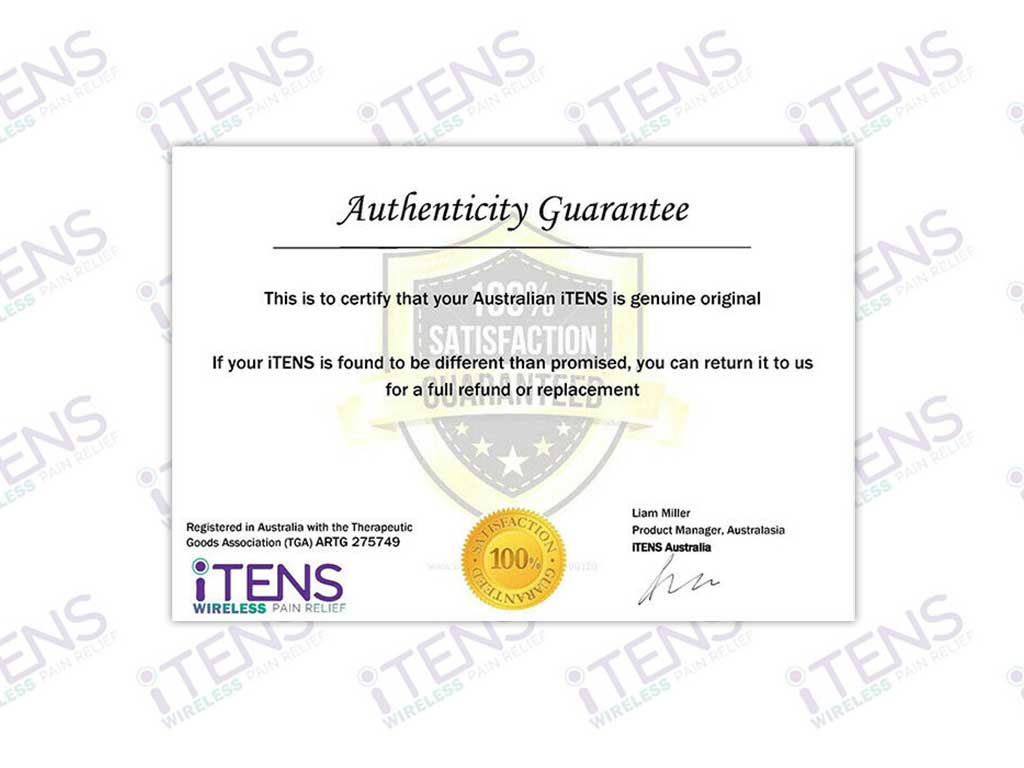
Buying or Hiring a TENS Machine for Labour Pain Relief?
There are several options when it comes to using a TENS machine for labour. Women may buy a personal TENS device or hire one from rental companies. The choice depends on the needs and budget of the individual. In buying a personal unit, individuals can familiarise themselves with the device better. They can also choose specific features or types, such as wired or wireless.
On the other hand, hiring an obstetric TENS machine is less expensive and requires less maintenance. Women may hire a device for short-term use with hire periods that typically range from four to eight weeks. However, damages or late returns may incur penalty fees. Therefore, it is crucial to send the unit back on time.
Hiring a TENS unit is practical for one-time use. Conversely, women planning to use TENS for pain management for future labour may opt for buying a device instead. This allows them to use the machine multiple times and at their convenience. This option is suitable for individuals who have other pain conditions and need routine care. It is also more cost-effective in the long run.
Why Go Wireless?
- A wireless TENS unit is more compact and lightweight. It is easy and convenient to carry around and use whenever necessary.
- It enables faster pad placement, as there is no need to set up the wires and electrode pads.
- The smartphone app often presents more programs than traditional devices. The pre-set programs may include massage modes, period pain, and various chronic pain conditions.
- A wireless TENS machine usually has a rechargeable battery that can last for several hours. This makes them ideal for extended use, such as the entire duration of labour.
A wireless unit does not limit the range of motion.
Conclusion
TENS therapy is a non-invasive and drug-free form of pain relief. Pregnant women may use a TENS machine for labour to help ease intense contractions without relying on drugs. Moreover, the device is portable and easy to use. It works by sending mild electrical impulses through the skin to stimulate the nerves to block pain. It also induces the body to release endorphins, the natural painkillers. The machine has adjustable settings, allowing women to control their pain relief.
It is essential to understand the settings of the device to ensure effective use. Users may adjust the frequency and intensity according to their tolerance and comfort level. Furthermore, it is crucial to follow safety precautions to prevent any risks or harm. Women should avoid using the device over the abdomen and other sensitive areas. For best results, seek approval from a health professional. TENS machines are available for hire or purchase.




















